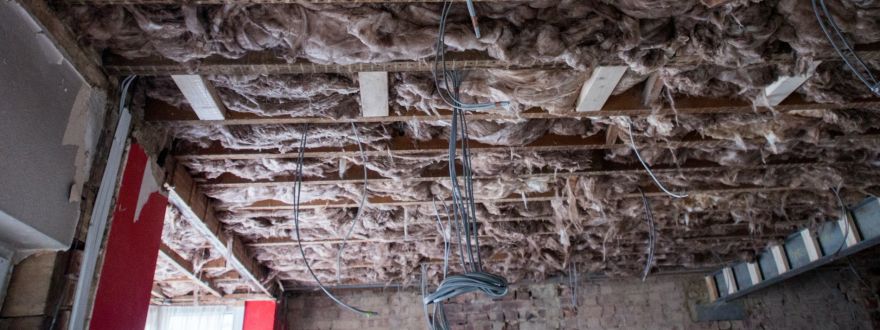
One of the top claims filed by homeowners each year relates to losses caused by non-weather-related water loss, with 44% of homeowners experiencing water damage in their home over the past one to two years, according to Chubb's "2021 Homeowners Risk Report."
Fortunately, it has become easier to prevent such losses with smart home technology that monitors consumers' homes and alerts them if something goes wrong.
“Homeowners are investing in smart home capabilities," says Brad Lemons, senior vice president, personal lines product and underwriting, Nationwide. “Tying into consumers' own interests, their tech focus and the ease of use of the devices, this trend has been amplified as consumers had more time on their hands [during the pandemic], but also spent more time in their homes over the past two years."
The market for this technology is expected to grow significantly through 2025 with the global smart home market expected to exceed $178.5 billion, representing a compound annual growth rate of 24.1% from 2020 to 2025, according to Omdia, a market research firm.
For most people, their home is their most valuable asset—and taking advantage of improvements in technology to help protect it is a no-brainer. “There are a number of devices available to help mitigate some of the risks faced by homeowners," says Shelly Gallagher, vice president, personal lines operations, Selective Insurance. “There are off-the-shelf options where you can go to your local hardware store and buy products that you install yourself or you can sign an agreement with companies that offer a suite of devices from water sensors to a full security system and they will provide central monitoring. I'm also seeing an increase in partnership between insurance carriers and smart home technology companies to offer devices to clients."
Independent agents can play a role in educating homeowners on the benefits of such devices. “I think the exciting part on the homeowners front is how smart home technology not only keeps consumers engaged but also provides benefits that they can realize through premium discounts," Lemons says. “The realization is ultimately to avoid that loss and if you can keep them from having it, that's a win-win for both consumer and agent."
While identifying ways in which clients can proactively prevent a loss is one way to assist, agents can also help by making sure clients are aware of their coverage—including its limitations and options to enhance coverage—which is particularly important in light of the March 2022 ISO updates to the homeowners policy form.
“In general, the ISO updates are in response to emerging scenarios or coverage needs in the market," says Angi Orbann, vice president of personal insurance property, Travelers. “It's important for agents to understand revisions to the base coverages, as well as new endorsement options so they can properly advise customers."
“There are instances of base policy restrictions in the updates, but also new coverages available via endorsement that provide an opportunity to provide new coverage for emerging situations, like motorized bicycles," Orbann says.
However, the ISO updates are among a variety of reasons that make an annual coverage review all the more important. “Rising inflation, supply chain disruptions, and natural catastrophe events are the biggest trends impacting the home insurance market right now," says Grant Owens, chief insurance product officer, Openly. “These are all quite interwoven when you think about the cost to settle claims—all three put significant stress on the process of repairing damage to a customer's home."
“Carriers provide so many different coverage options letting agents and carriers tailor insurance policies to meet each customer's needs," Gallagher says. “It is extremely important that agents continue to educate and consult with their clients to ensure they have the coverage and protection they need."
To see this article in its natural habitat via Big I, click here





